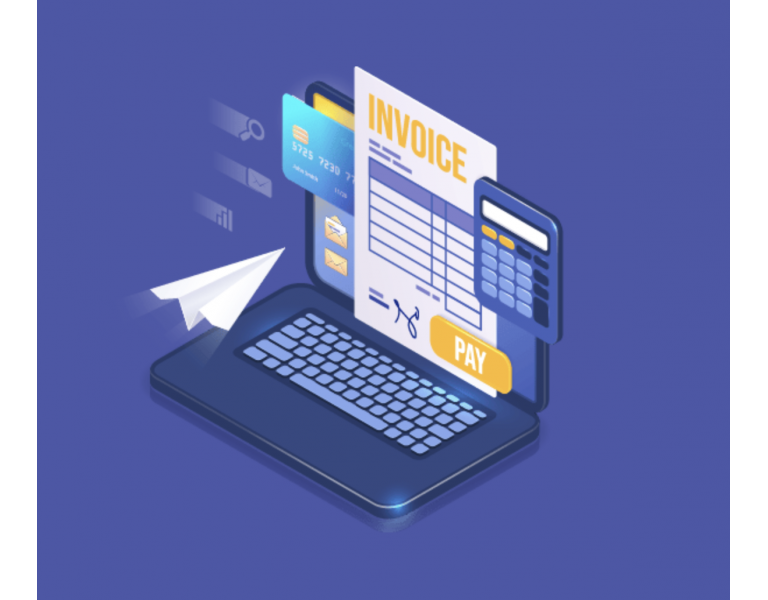Malaysia E-Invoicing - Part 3
Choosing Between Accounting Software API’s Integration or Manual Submission via myInvois Portal
As part of Malaysia’s effort to improve the efficiency of its tax administration management, the Government plans to implement e-Invoice in stages to support the growth of the digital economy. This is in line with the Twelfth Malaysia Plan, which focuses on strengthening infrastructure for digital services and digitizing tax administration.

Malaysia LHDN aims to enforce mandatory e-Invoicing adoption for 4,000 businesses by August 2024, concerning those with an annual turnover of RM 100 million! Furthermore, starting from July 2025, e-Invoicing will become compulsory for all businesses, regardless of their sales threshold. According to the guidelines provided by the Malaysian Inland Revenue Board (IRB) in version 1.0 of the e-invoice guideline, businesses in Malaysia have two ways to upload and sync their invoices to the government platform:
Adoption of Accounting Software with compliance with IRB Malaysia

Comments (0)
No comment